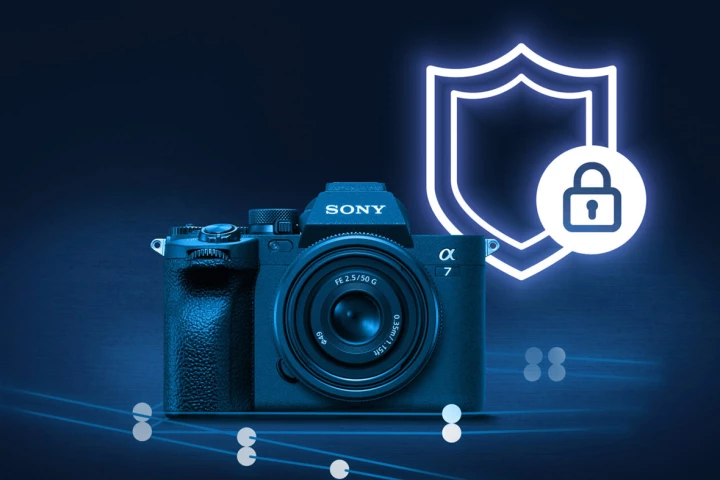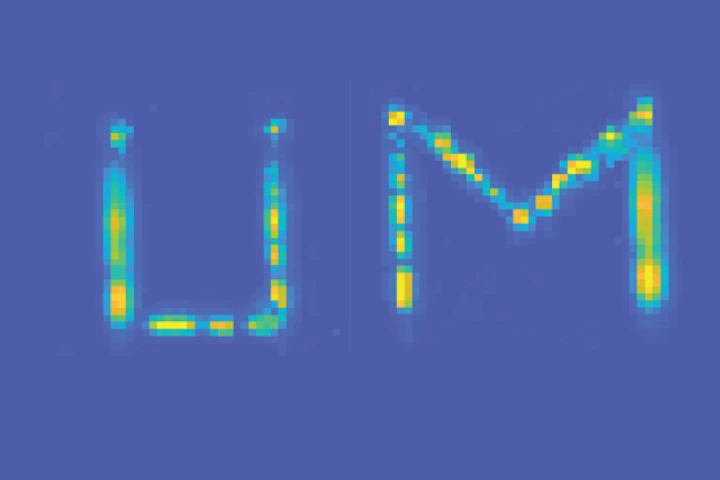Authentication
-
ID verification tags aren’t much use if someone can just peel them off and stick them to a fake product. MIT scientists have now designed ID tags that use the glue itself as a kind of fingerprint, and will scramble the barcode if someone peels it off.
-
Last month, Leica released a new camera rocking hardware and software designed to help with image authentication. Now Sony has announced the completion of a month-long field test that will see similar tech enabled in its cameras.
-
Researchers have developed a kind of electronic “invisible ink” that can alert users to unauthorized tampering with a device. When the chip is exposed to light it will erase information printed on it, making it clear that someone’s opened the box.
-
At a glance, a sheet of paper may seem very uniform. Look closer, however, and you'll see that it's made up of a random jumble of tiny interwoven wood particles. Scientists have taken advantage of that fact, using each jumble as a "texture fingerprint" for authenticating individual paper items.
-
Attempts to move beyond password authentication look to have just received a nice little boost, with interface-specialists Synaptics announcing the launch of its new Match-in-Sensor, billed as the first self-contained fingerprint matching device.
-
It looks like the days of the password are numbered. Microsoft has announced Windows Hello, a new biometric authentication system launching with Windows 10. It means you'll be able to unlock your computer with a fingerprint or a face, as you can on today's flagship smartphones.
-
Using the complex pattern of the iris in a person’s eye is a particularly effective form of biometric authentication. Fujitsu has produced just such an iris authentication system for its latest prototype handset, which is on display at the Mobile World Congress.
-
There's an increasing recognition that passwords alone are not going be an adequate form of online security in the future. Two-factor authentication can vastly improve security, by simply introducing a second means of verification alongside a password. Google's new USB Security Key does just that.
-
Computer users may sometimes forget to log off when accessing sensitive data. That's why Dartmouth College computer science student Shrirang Mare is developing ZEBRA. It utilizes a sensor-equipped bracelet to continuously authenticate a user's identity.
-
Scientists at the Dresden-based Fraunhofer Institute for Photonic Microsystems (IPMS) have shrunk down retinal scanning technology in the hopes of making retinal scans a more widespread identification technology.
-
Scientists from Switzerland's ETH Zurich research group have come up with a possible method of thwarting the makers of that counterfeit olive oil – just add synthetic DNA particles to the real thing. And yes, consumers would proceed to swallow those particles.
-
As a result of the Heartbleed bug that has made data on two-thirds of the world's servers potentially accessible to hackers, users have been told to change their passwords. It goes to show that not only is the security of passwords fragile, but they are impractical too. So what are the alternatives?











